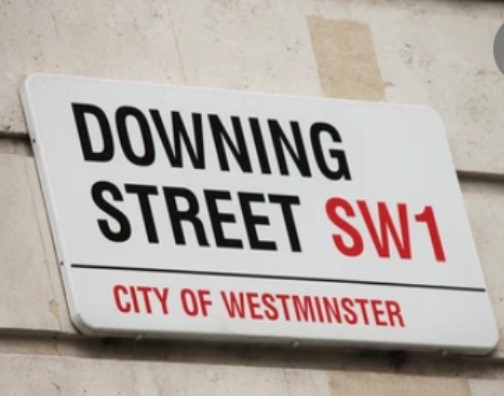Economic indicators: Key statistics for the UK economy

In advance of the Budget on the 26th November 20252, on the 27th October 2025, the House of Commons Library published a briefing entitled “Economic indicators: Key statistics for the UK economy”.

Here’s a summary of the key aspects of the briefing.
Key Points
- GDP & Productivity
- The UK’s GDP is estimated to have grown by 0.3% in June-August 2025 compared to March-May 2025.
- In the same period, the services sector output rose by 1.8% year-on-year, while manufacturing fell by 0.3%.
- Productivity (whole economy) fell by 0.6% in Q2 2025 compared with the previous quarter, and by 0.8%compared with the same period a year earlier.
- Inflation & Interest Rates
- Consumer Price Index (CPI) inflation stood at 3.8% in September 2025, unchanged from August.
- For comparison, Eurozone inflation was around 2.2% in September.
- The Bank of England Monetary Policy Committee held interest rates at 4.0% in mid-September; rates have been cut by 1.25 percentage points since August 2024.
- Earnings & Employment
- Average earnings excluding bonuses grew 4.7% in the 3 months to August 2025 compared to a year earlier. After adjusting for inflation, real earnings rose by 1.2% (CPI for the same period was ~3.7%).
- Employment: about 34.22 million people in work in June-August 2025, up ~473,000 from a year earlier. Employment rate ~75.1%.
- Unemployment: circa 1.74 million people in June-August, up around 297,000 on the year; unemployment rate circa 4.8%. For Q2, harmonised UK rate was circa 4.7%, above Germany (circa 3.7%) and the US (circa 4.2%), below France (circa 7.5%).
- Public Finances
- Government borrowing in the first six months of 2025/26 was about £100 billion, which is circa £12 billion more than the same period in 2024/25.
- Public sector net debt was circa 95.3% of GDP at end-September 2025, up from circa 94.3% a year earlier.
- Trade & Exchange Rates
- The UK had a trade deficit of circa £9.2 billion in the three months to August 2025, up from ~£8.6 billion in the previous three-month period.
- The current-account deficit was circa £28.9 billion in Q2 2025 (circa 3.8% of GDP), up from ~£21 billion (~2.8% of GDP) in Q1.
- The value of the pound sterling fell by ~0.1% from July to August and August to September 2025; year-on-year it’s roughly unchanged.
- Retail, House-holds & Property
- Retail sales volumes rose by 0.9% in the three months to September 2025 compared with the prior three months, and by 1.0% compared with the same period a year earlier.
- Consumer confidence (via GfK index) was at -17 in October 2025, up two points from September.
- House prices increased by circa 3.0% in the year to August 2025.
- Household debt stood at circa 117.1% of disposable income in Q2 2025—its lowest level since at least 2007.

What this suggests & what to watch
- The UK economy is growing modestly, but productivity remains weak — an ongoing concern for longer-term growth.
- Inflation remains well above the Eurozone average; though interest rates are high by historic standards, the Bank of England has already trimmed some rate compared with a year ago.
- Employment remains strong numerically, but the increase in unemployment and the divergence between employment figures (Labour Force Survey vs payroll data) hint at underlying softness.
- Public finances are deteriorating slightly (higher borrowing, rising debt-to-GDP).
- The trade and current-account deficits are widening — this raises questions about external vulnerabilities.
- Consumer sentiment is still weak (negative confidence), but retail volumes are inching up; house price growth persists albeit moderate; household leverage is lower which is a stabilising factor.
Why this matters for upcoming policy
- With the Chancellor’s next Budget due, these indicators will likely influence decisions on taxation, spending, and structural policies (especially given the productivity slack and public finance pressures).
- The combination of sluggish productivity, elevated inflation and a weak external position suggests a policy balancing act: supporting growth without igniting inflation or worsening the external deficit.





